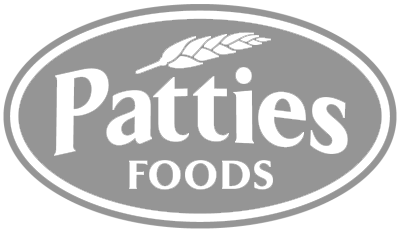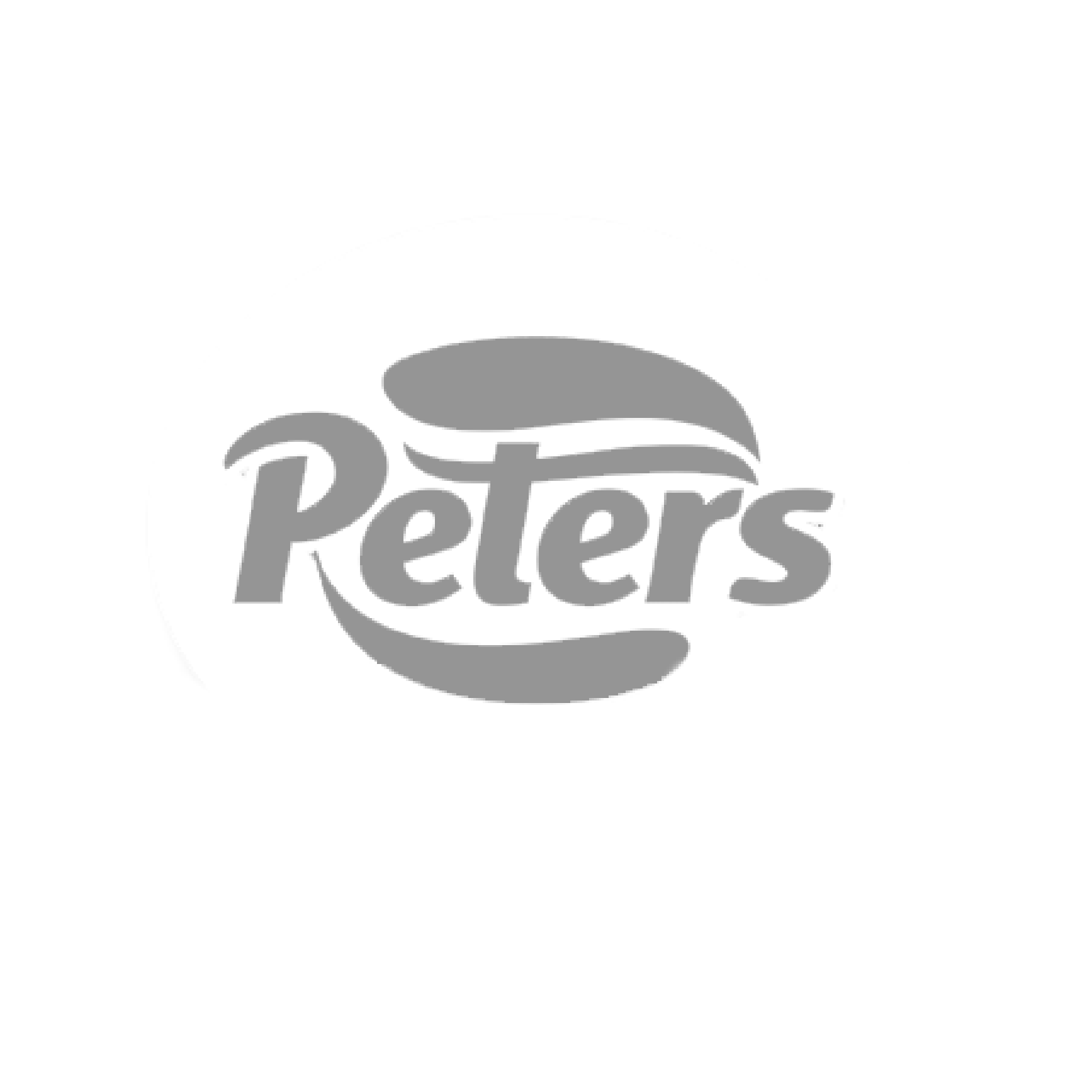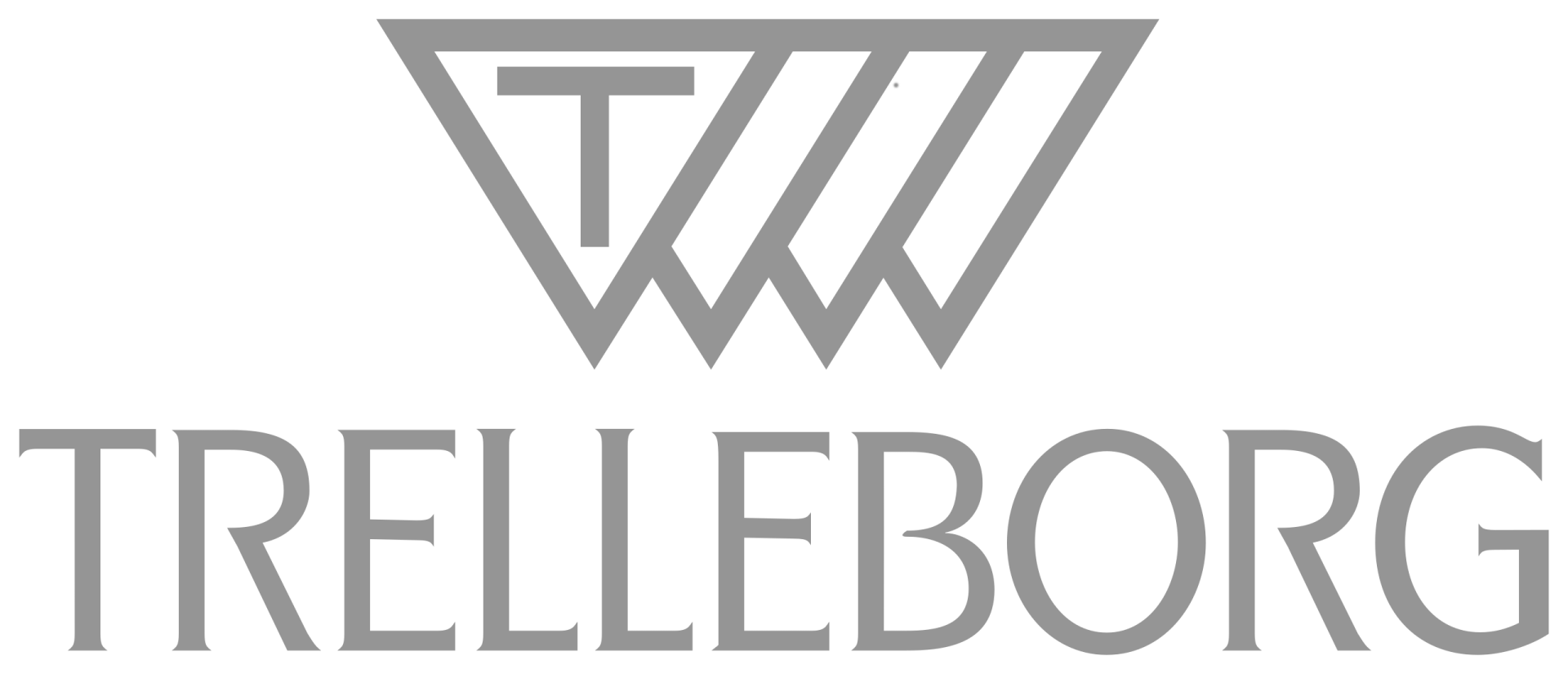We automate the right processes, give data new meaning, modernize ERP, architect solutions, and simplify complexities by managing applications.
About us











Services
Delivering digital solutions that matter
Fortude Insights



What customers say about us...
One highlight has been our ability now to script and automate our testing end to end and increase our pace of change. Testing our environment now takes 16 hours, down from 450 hours in the pre-Infor, manual days. This vast improvement has been a real enabler for rapid change in the business.
Zack Chisholm
Chief Information Officer, Bega
With Fortude’s expertise and support, we set up a data management and analytics platform based on Microsoft Azure’s data services. It leverages Azure Data Lake Gen2, Data Factory, Databricks, Synapse Analytics and Machine Learning along with Power BI for enterprise data models and analytics.
Ben Garvin
Director of Information Technology, Spot
Since the beginning of our relationship, we have been continually impressed by Fortude and their dedication to understanding our needs completely. We have total confidence in the team’s approach, and we’re excited to see the impact the project will have on our business.
Duane Prentice
Chief Financial Officer, Hatco on Infor Cloud Migration
Grow with Fortude
This is the place to grow

Join a team of changemakers
Careers at FortudeA place where everyone can grow
Diversity at Fortude












